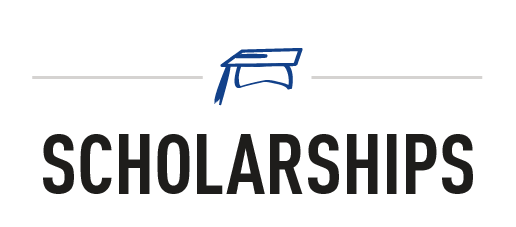It's All About the Money: Preparing to Pay for College Early
/August 1st has come and gone, which means that college application season is now in full swing. As students across the country decide which schools they want to commit four or more years of their lives to, the subject of money weighs heavily in the back of their minds and influences where they apply. It’s no secret that a higher education puts a dent in your pocket, but knowing what financial aid options you have can make it less severe.

File the FAFSA.
The Free Application for Federal Student Aid (FAFSA) is the most common form of financial aid. In fact, most colleges require students to fill it out so that they can be considered for the schools’ own merit or need-based scholarships and grants. Depending on your financial situation, the FAFSA might do a lot for you, or barely anything at all- still, even if you think that you don’t qualify for aid, you should still file, because you’ll never know what you might get until you do.
Two big changes have been made for the 2017-2018 application cycle: one, you can use your income information from 2015 instead of 2016, and two, the FAFSA will be available on October 1st, 2017, which is the earliest it’s ever been accessible. So, mark your calendars and when October comes around, make the wise choice of filing your FAFSA. For more information, check out this website.

Look for Scholarships.
Scholarships are probably the most obvious form of financial aid, but many students wait for scholarship opportunities to find them instead of taking matters into their own hands. It is better to be proactive throughout the coming months by researching what you are eligible for first on a local, then national scale. Make sure to talk to your counselor for assistance. If you want more insight into how to find scholarships, check out Joi Wade’s post, How to Get Scholarships for College!.
Find out if you qualify for participation in Regional Exchange Programs.
These programs are not often talked about, so here’s the scoop: by being a part of one of them, you can pay in-state tuition at an out-of-state school. For example, when participating in the Southern Regional Education Board’s Academic Common Market, a student who is a resident in South Carolina can get the in-state tuition at colleges in many other states, from Georgia to Alabama to Maryland.
Be wary of these programs, though; it is usually the case that someone is only eligible to take part in them if their major is not available in their home state. Learn more here.
Apply for federal loans.
Whenever the word “loan” is mentioned, students and parents alike get a bit uneasy. The thought of graduating with debt to pay back for years to come is unsettling for most people, but there are multiple options for loans that you can research. It is recommended that you apply for federal loans before searching for private ones, with the most popular being the Stafford and Perkins loans.
There are two different types of Stafford Loans: subsidized and unsubsidized. The subsidized Stafford Loan is available to students who qualify for aid based on the FAFSA, and interest that accrues is covered by the government until six months after the student leaves school. The unsubsidized Stafford loan is available to any student who has filed the FAFSA, regardless of need, but interest payments are the students’ responsibility from the get-go.
The Perkins Loan is for students with exceptional financial need. The student’s school acts as the lender, using funds provided by the federal government, which also pays the student’s interest throughout their college career. Not all schools are a part of the Perkins Loan program, so it would be wise to contact the schools you apply to so you can verify their participation status.
For more information on these loans and others, check out this website.
Hopefully by knowing your options for financial aid, you will feel more confident about paying for your higher education, and won’t be deterred from applying to certain schools simply because of their price tag! Remember that these are not the only options and just a few to get you started. Always talk to a trusted family member about all of your financial options for paying for school.









